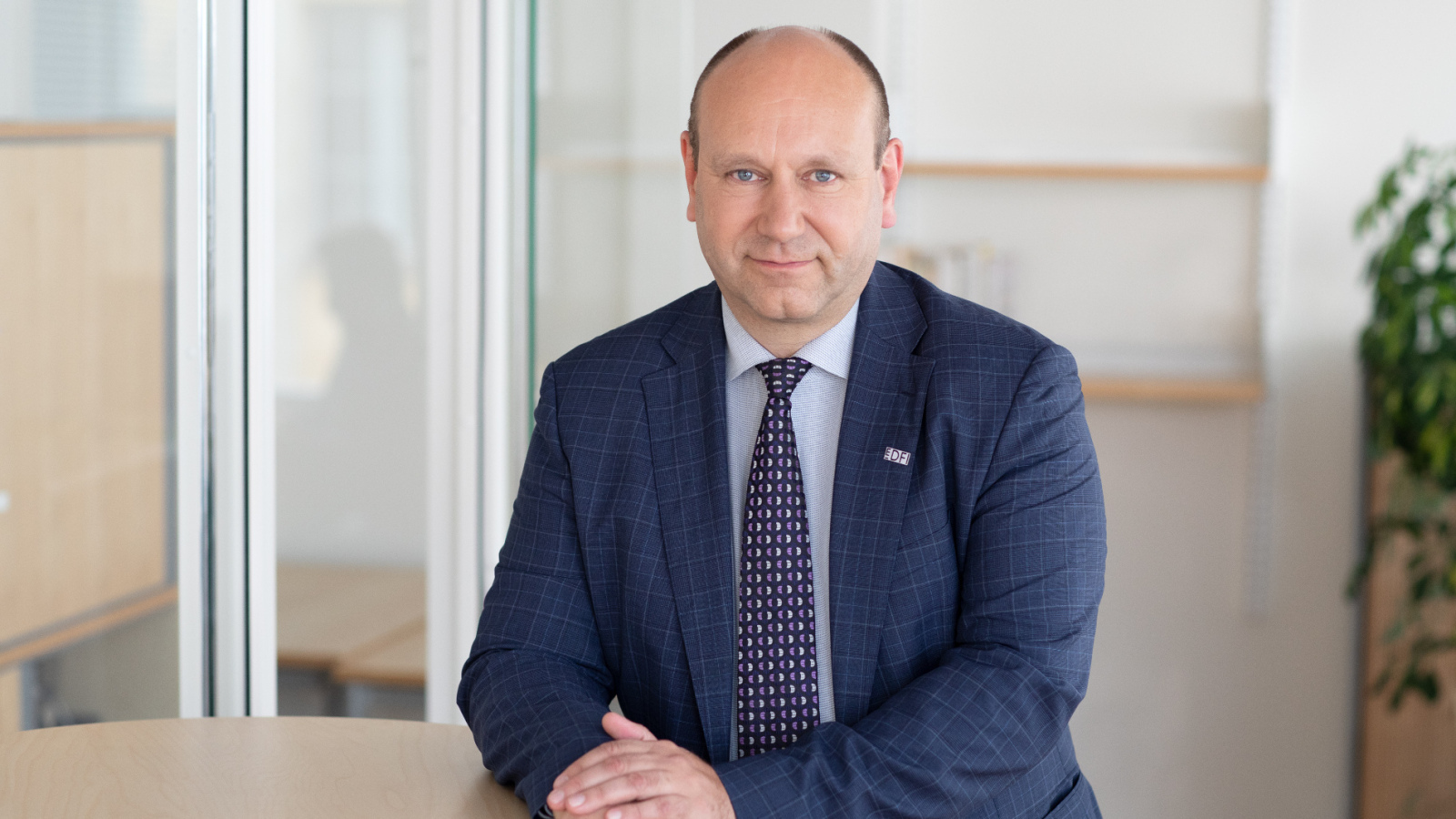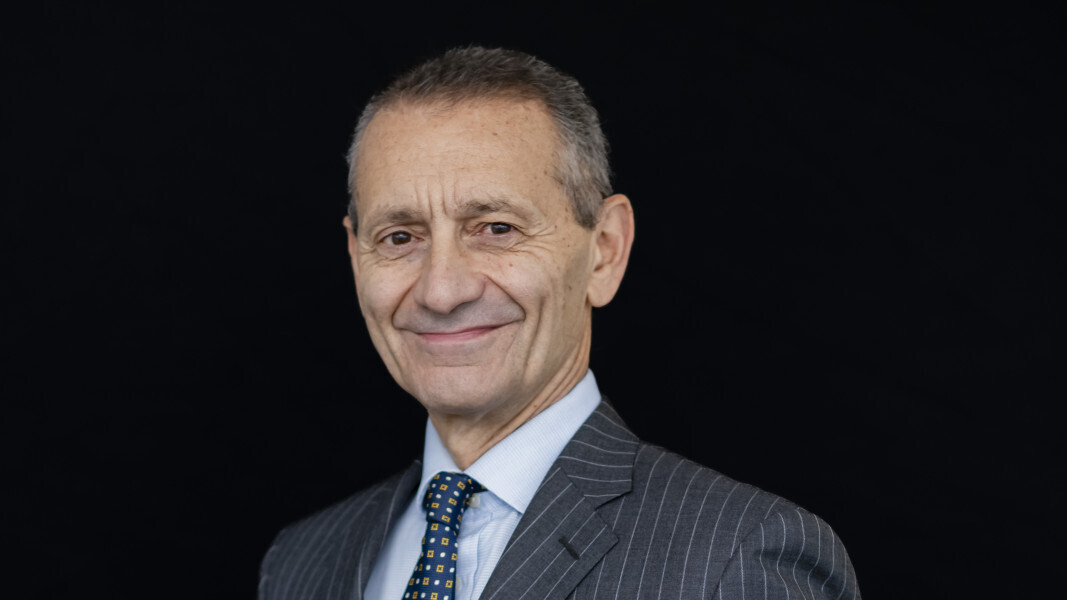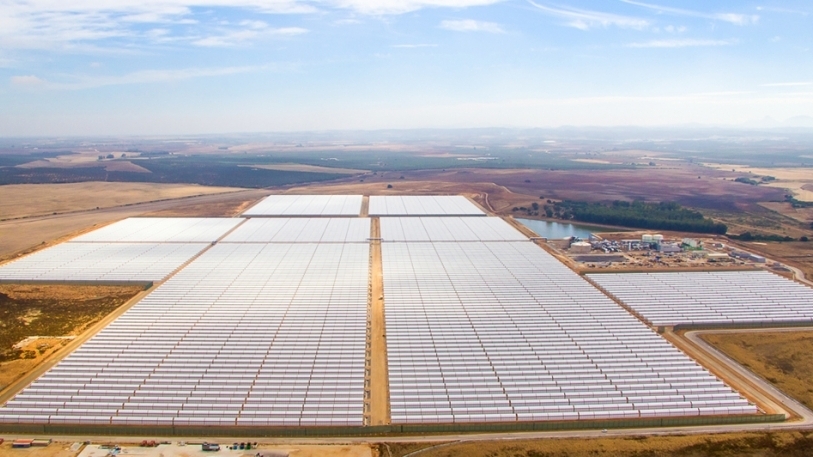
Jaakko Kangasniemi: the first development financier to reach net zero
Jaakko Kangasniemi, CEO of Finnfund, explains how the Finnish impact financier recently achieved net-zero status.
Earlier this year, Jaakko Kangasniemi hit his 20-year anniversary at Finnish impact investment firm Finnfund. Much has changed in the world since he joined Finnfund from Finland’s Ministry of Foreign Affairs where he worked as an economic advisor (following a spell as economist at the World Bank) but a recent achievement stands out in his mind – in May 2021 Finnfund achieved net-zero status.
“We are incredibly proud of our achievement,” reflects Kangasniemi.. He points to this as a result of two things: the Finnfund team’s dedication to investing in projects that mitigate climate change, and a focus on forestry investments – a key sector for their portfolio.
“Forestry investment is something that has lots of potential, as people should be doing more about the deforestation we see around the world,” says Kangasniemi. In Finnfund’s 2021 annual report – its most recent – it was revealed these forestry investments removed 134,679 tCO2e more than they emitted.
This has largely taken Finnfund’s focus to developing markets, and 83% of these carbon sinks are in Africa. Forestry takes up a larger allocation for Finnfund than for any other development finance institution. By the end of 2019, Finnfund’s investments in forestry were €147m out of a total portfolio size of €617m, with most of these investments covered by the Forest Stewardship Council.
Planting trees (on a huge scale around the world) has serviced Finnfund well but Kangasniemi is not getting complacent and is aware ongoing work is required to maintain a net zero equilibrium.
“A focus for us has been on growing forests, but when these plantations mature no new carbon is being sequestered. This means we will need to make new investments,” says Kangasniemi. “We need to keep focus on low-carbon investments elsewhere, including renewable energy. In everything we do we need to keep attention on the carbon impact.”
A focus for us has been on growing forests, but when these plantations mature no new carbon is being sequestered. This means we will need to make new investments.
Finnfund’s 2021 report shows a €178m allocation to energy commitments, with solar power taking the lion’s share at 34%. Wind power was the next largest allocation at 22% and bio power third at 14%. Kangasniemi explains the team is looking further at more renewable energy opportunities, but also at sustainable agriculture. Digital infrastructure has also been identified as a priority sector where digital solutions can ease everyday life and, potentially, mitigate carbon output.
These are exciting times for Finnfund, but the CEO explains how several challenges have had to be overcome. Like many institutions pursuing net zero, data scarcity has been an issue, compounded for Finnfund by the fact the financier invests predominantly in the developing world.
Finnfund has worked with other development finance institutions to create methodologies and circumvent these, and Kangasniemi says greater overall appreciation of net zero within society has helped support this work.
“The world has changed a lot in this time,” he reflects, when looking back over his two decades at Finnfund.
“Twenty years back, solar and wind power were luxuries or niche holdings. Now I would say in most of the world, either solar or wind (or both) are the cheapest sources of power. At this point, there is no excuse to look at these sources.”
Looking ahead to the next 20 years, Kangasniemi is optimistic about the climate change goals for wider society but emphasises now is the time to act: “As mankind, we are obviously late. It is rather embarrassing given how much we knew decades ago, but we didn’t do enough.
“But luckily it is really changing. Technology and thinking is really changing. The importance of forestry is an example and how this is now better understood. There is much more focus on the climate impact.”
Having achieved net-zero status, Kangasniemi and his team are now focused on keeping this, while generating investment returns. His advice for institutions looking to catch up and become net zero?
“You need to pay attention in everything you do,” he says. “It’s not enough you just identify a few carbon sinks and continue as usual elsewhere. You have to make sure you understand the carbon impact of all your projects, and you pay attention to these. Reduce emissions everywhere you can.”




